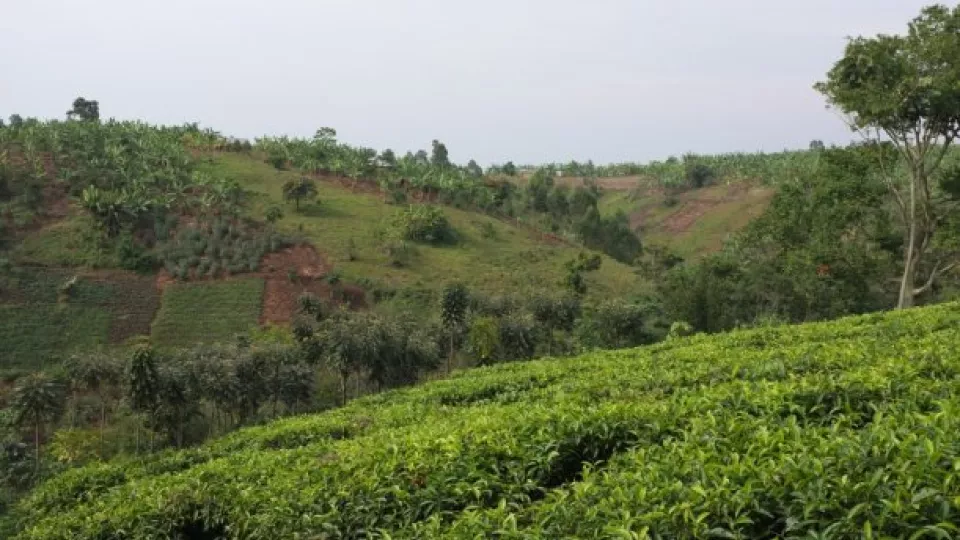Carbon offsetting is an environmental strategy based on financing climate measures in developing countries to compensate for greenhouse gas emissions in industrialised countries. In recent years, it has become a popular strategy among companies as well as private individuals to reduce their carbon footprint.
Tree-planting has become one of the most popular – albeit most controversial – forms of the strategy, with a marked increase in this type of project in Africa over the past decade.
“The strategy is often described as a win-win situation for all those involved, both companies and smallholder farmers. But it is by no means obvious that the small-holders benefit from participating”, say the researchers behind the study, Elina Andersson and Wim Carton, both from the Lund University Centre for Sustainability Studies.
In their research project, they interviewed 56 smallholder farmers about their experiences and perceptions of participating in the carbon offsetting project which, in practice, entails supporting small-holders in Uganda to plant trees on their own land in exchange for financial compensation, to generate carbon sequestration capacity.
They found that the local participants were very unclear about the purpose and conditions of the project. Contracts are written in English, which is spoken only by a minority of people, making it difficult for those involved to understand the full implications. In most cases, the participants do not know how much compensation they can expect, even though the project entails their long-term commitment to ceding their land for tree-planting.
There is also a great deal of dissatisfaction among the participants regarding shortcomings in communication, support and training. A majority stated that the project representatives had not visited them to provide specific recommendations before they started planting trees. This often leads to misconceptions about the project provisions, with the consequence that the small-holders do not achieve their planting targets and receive no compensation. This, in turn, has led to frustration among the participants, which risks undermining their long-term commitment – and thereby also the project’s climate benefits.
According to Elina Andersson and Wim Carton, the research project is a contribution to the critical ongoing debate on the subject of carbon offsetting as an environmental strategy.
“Poverty alleviation, increased biodiversity and local development are presented as positive side-effects for the smallholder farmers who take part in the project, and as an added value for the companies funding the measures”, says Elina Anderson.
“In contrast to that image, our study shows that such side-effects are anything but automatic and that there is a great distance between the small-holders’ reality and the abstract approach to forestry that characterises the market for carbon offsetting. We want to highlight that it is significantly more difficult to reconcile widely diverging goals such as climate benefits, local development and participation, than this strategy would suggest.”
The researchers also think that carbon offsetting, as an environmental strategy, is strongly questionable, particularly from social and environmental justice perspectives.
“A major asymmetry prevails between the purchaser and the seller, as the small-holders are usually those who pay the price in the form of lost payments when problems occur and different interpretations arise. The project shows signs of having underestimated the local complexity and has not been sufficiently adapted to the reality of the small-holders.”
“In a context of extensive poverty and land shortage, the participants must be offered support to carefully weigh the advantages and disadvantages of participating in the project, in order to avoid risking negative effects. To achieve the promised climate benefits, continuous support and local presence from the project side are also required, and here we see striking shortcomings. We therefore consider that it is high time to properly examine both how carbon offsetting is used and marketed by Swedish companies and which actual effects the strategy has at the local level”, concludes Elina Andersson.
Publication: Where Forest Carbon Meets Its Maker: Forestry-Based Offsetting as the Subsumption of Nature
Contact:
Elina Andersson
Elina [dot] andersson [at] lucsus [dot] lu [dot] se (Elina[dot]andersson[at]lucsus[dot]lu[dot]se)
+ 46 708 688824
